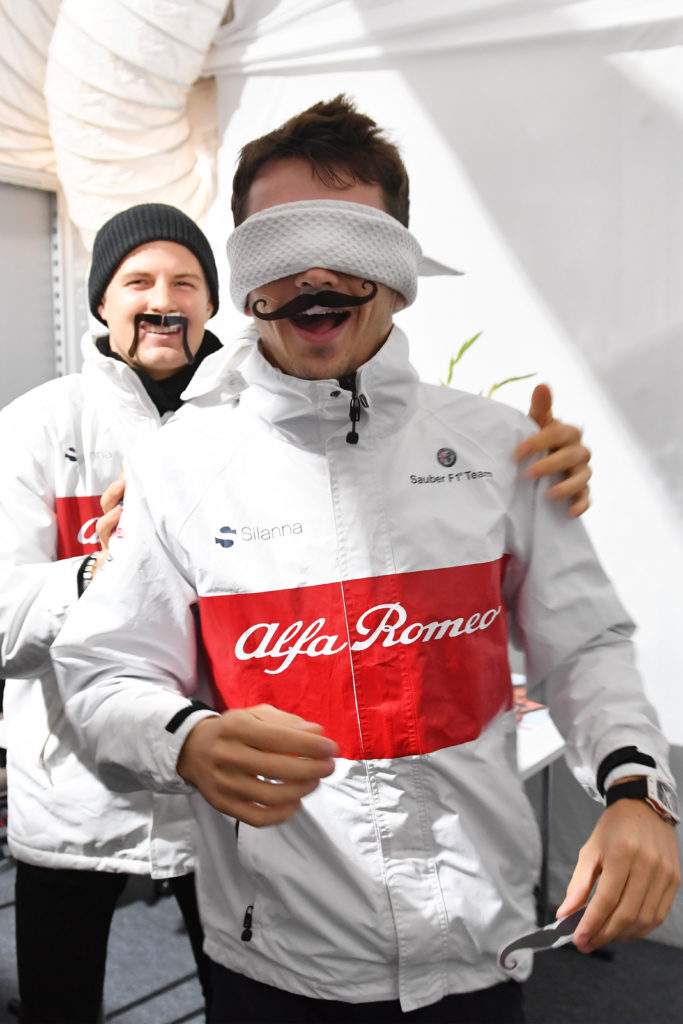
What’s your name and position within the organisation?

Give us a brief overview of Crunch as a rights holder in general and your approach to sponsorship and partnerships specifically
Crunch was born 14 years ago because we believed that despite offering so much, sport sponsorship activation was increasingly at risk of failing to deliver for brands and fans alike. As individuals, we worked in F1, one of the most dynamic sports in the world, yet had become frustrated that we were still surrounded with boring sponsorship activation and communication programmes.
I often ask the rhetorical question: Who has the greater recognition and profile: Lewis Hamilton or Lightning McQueen? The answer is blindingly obvious and there is a serious point to this, especially when we consider how we want to communicate the high-tech world of Formula One to a younger audience and continue to make it relevant for global brands.
The arrival in F1 of Liberty Media in 2017 promised to be a new dawn for the sport; attitudes changed and eyes opened. It is now it is incumbent upon us as a community to deliver on that potential.
What approach differentiates Crunch and makes your sponsorship strategy unique?
Crunch, and the team delivering our activations around the world, is different. I know, I know, it’s a well-worn marketing trope which cheapens its impact, but in our case, it’s true. We’re not different for the sake of it, but different because we’re brave enough to trust ourselves and be who we want to be.
This manifests itself in getting into that creative space quickly and pushing our clients to be innovative in their own fields, approaching the challenges of leveraging sport and its assets from a different perspective.
Along with the opportunity to communicate to customers and fans at a relatable level, brands mostly still invest in sport due to the unique emotional bond it has with us as human beings. Probably unsurprisingly therefore, we believe that deep within the heart of successful sponsorship activation lies one key ingredient: people – the life-blood of any sponsorship.
Sponsorship is a vehicle which relates stories and guides the narrative with the fans, the customers, the readers, the viewers, the players, the drivers, the mums and dads, the teams, the partners and the media.
Once you understand the importance having the right people is in the mix, it’s only a short hop to appreciate how we know communication is key to all sponsorship activation; be it the conversations with a singular guest on a hospitality experience, a room full of media at a global launch or the millions of people who see a piece of content. If you haven’t rooted the activation concept in your message and empowered a good communicator to tell it for you, how can the recipient be expected to understand why you’re involved?
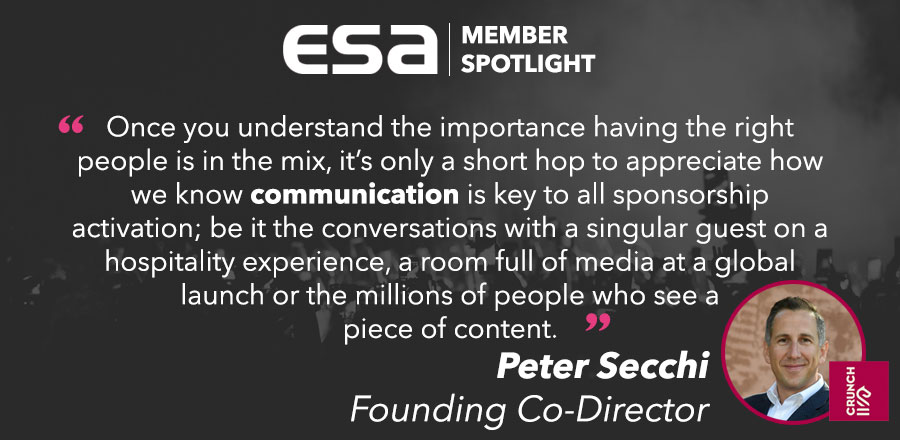
How has your approach to sponsorship changed during COVID-19? Have you created any new initiatives or altered your operations to reach sponsors and audiences in new ways?
Traditional sponsorship activation took a big hit as events were cancelled this time last year. Formula One (perhaps the most logistically challenging sport in the world?) ultimately took the crisis in its stride. It was one of the first sports to get back to business safely and it continues to adapt and evolve around the ever-changing landscape. Once cars were back on track, the sport and the people surrounding it, quickly got some of their mojo back.
Activation opportunities were still limited but the team at Crunch was quick to differentiate between those who simply tried to transfer traditional sponsorship rights to online and those who tackled the challenge from an entirely different perspective. It played well into our desire never stop challenging the norm and yielded some amazing opportunities including… (see below!)

With an absence of in-person events over the last twelve months, how have you adapted to deliver virtually/digitally for sponsors?
Rightsholders with obligations to partners quite naturally transferred existing activations online; pre-race/pre-event hospitality, facetime with athletes and even factory tours were all moved online with varying degrees of success, but the real winners were those who reset the dial.
We launched a series of new offerings via Sport3.info – a VIP offering for rightsholders looking to deliver bespoke, personalised and memorable experiences. This ranged from hand-built gift boxes to thought-leadership seminars with off-beat but memorable individuals, all offering a new take on the challenges wrought upon us by COVID-19. And there’ll be more to come as the internally-driven R&D process that this sparked will certainly continue to bear fruit as we return to whatever the new normal will be – watch this space!
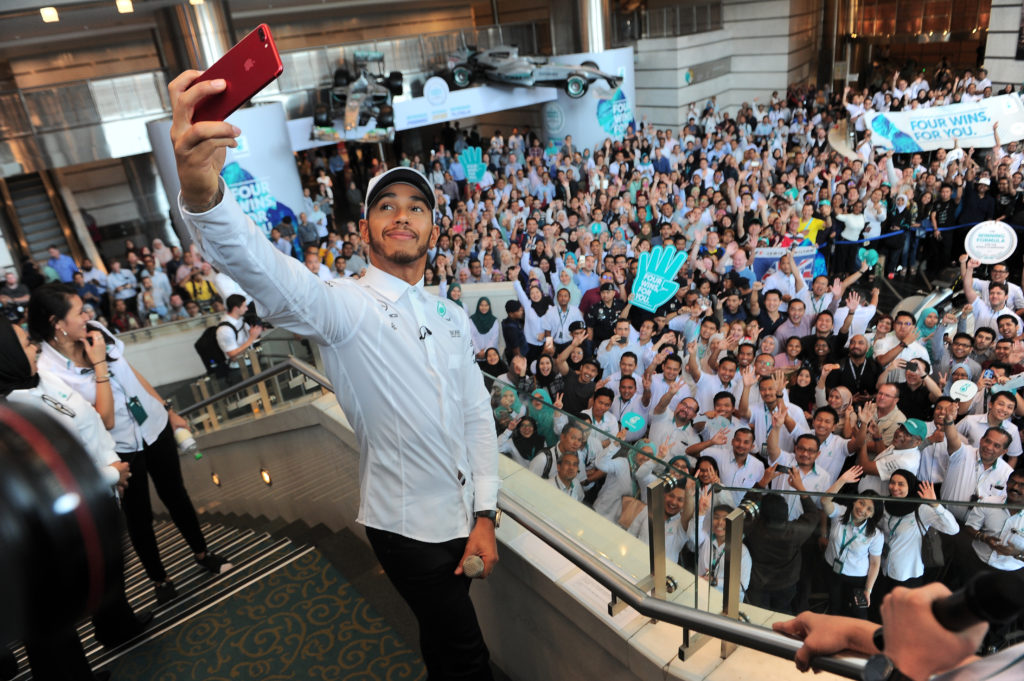
What are the current trends within sports sponsorship, and how are they affecting how you work and how you deliver on strategy?
The communications side of our business has thrived since lockdown, especially the demand for strategic guidance. We’ve seen consumer behaviour change rapidly throughout the pandemic, in particular the consumption of content with many audiences being forced almost entirely online.
Consumers have spent more and more time watching digital content than ever before and interacting with sports across social media without any actual physical human interaction. Social causes also played a huge role in 2020 particularly among the digital-native, and highly influential, younger demographics.
The net result is that brands are under more pressure than ever to take a position on often complex and divisive topics and we have been helping more and more large brands adapt their sponsorship strategy to fit this new demand for purpose-led action.
The flip side of that is the events side of the global sports industry is still on a knife-edge. Proposed easing of restrictions will help but a sombre mood still hangs over the events industry. Conversation is perhaps dictated by whether the Olympics or European Championships will be able to deliver in any meaningful way, but performing to half-full venues will not answer the question until we know if fans and brands around the world are willing to return regularly, and if they feel safe.
I do wonder if we’ll need to see through another winter in the northern hemisphere before we truly see the large brands engaging with in-person experiences like they did in 2019.
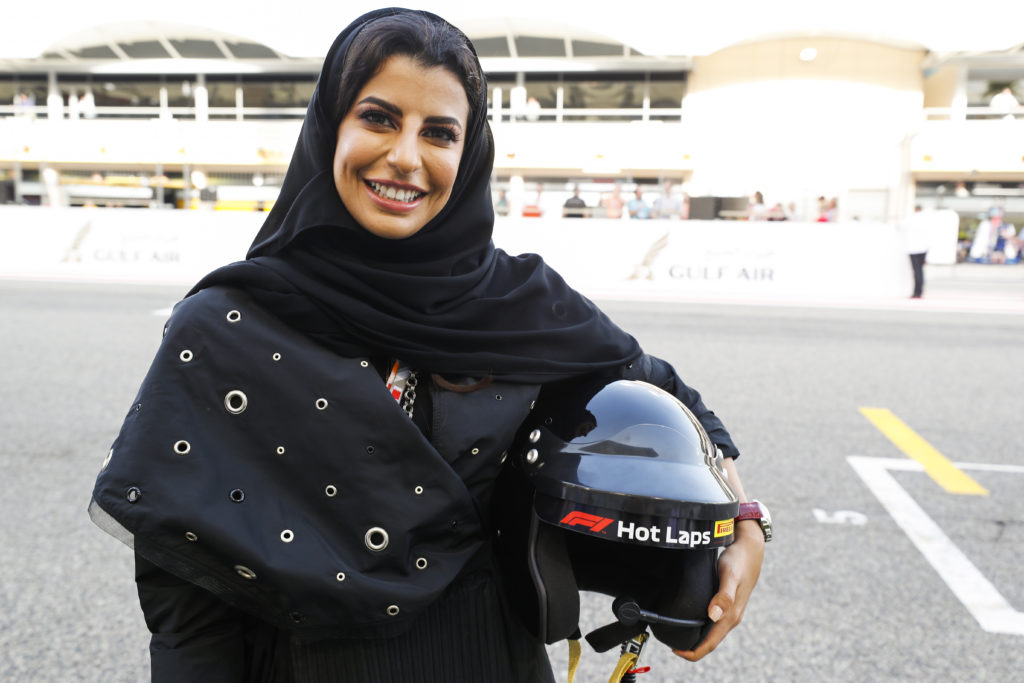
How has sponsorship changed for Crunch over the past few years, and what predictions can you make about how it’s going to change in the next five years?
Until early 2020, the sponsorship industry was in pretty good shape, its growth broadly reflecting the money flooding into the industry. Power at the top was shifting among rightsholders, athletes and broadcasters, but the huge amounts of money poured in by said broadcasters and promoters was starting to blindside rightsholders to the increasing importance of delivering narrative-led partnership packages.
And then COVID-19 struck and everything changed.
The route out of this pandemic will be shown by brands – not rightsholders, not broadcasters and not customers. With government intervention almost exhausted, how brands choose to invest their money will dictate the speed and shape of this recovery, nothing else.
What it also means is that for fiscally buoyant brands, there has never been a better time to review their partnership strategy. Brands should be able to approach rightsholders with more power than ever before. Flexibility should be sought not only in the concrete elements (term, cost, etc.) but also in the attribution of assets. Brands should be pressuring rightsholders to be more collaborative and support them creatively. For too long, some rightsholders have either turned a blind eye to poor activation or held the key over what they determine to be ‘good’. This must end.
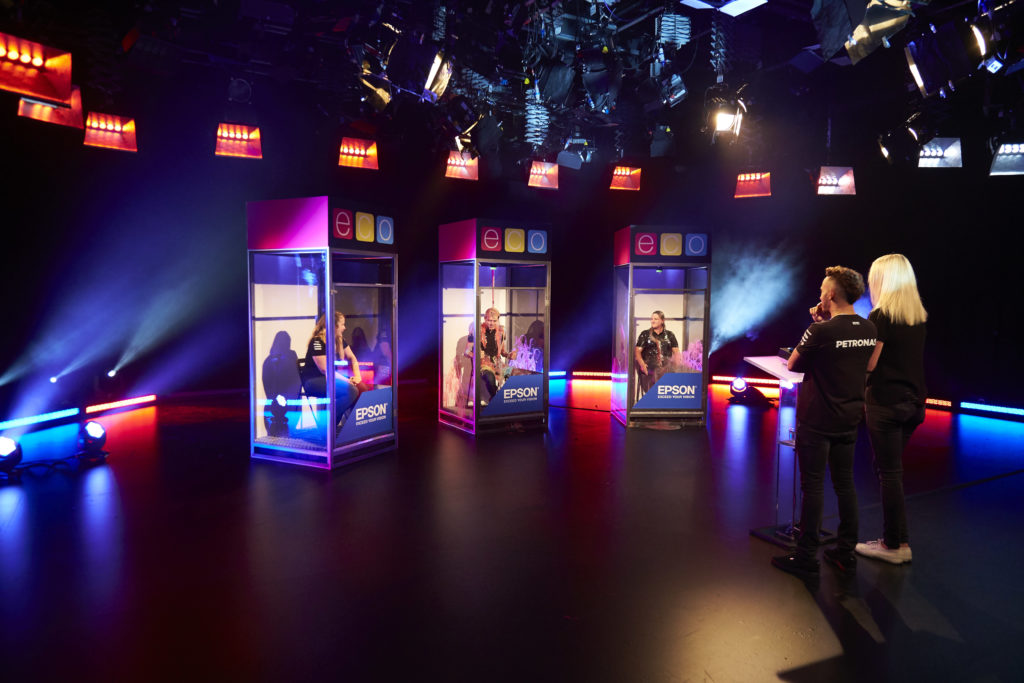
Contracts also need to be written in such a way to support a brand’s purpose. Partnerships will undoubtedly move towards action-led activation (rather than just words) and rightsholders will find themselves needing to support a brand’s purpose if they want the sponsorship spend, potentially making long-term business-defining decisions to reflect this too.
The final piece of the jigsaw will be determining how behaviour impacts a brand’s partnership. A sports star’s occasional indiscretion is rarely grounds for early termination of a commercial deal but the increasing microscope applied to rightsholders and their assets matched with the awesome power of ‘cancel culture’ means that everyone in the industry has to understand the impact of their words and actions going forwards.
Interesting times indeed. And we can’t wait!
